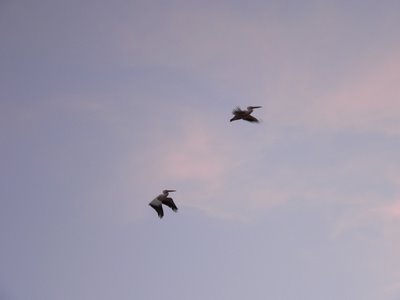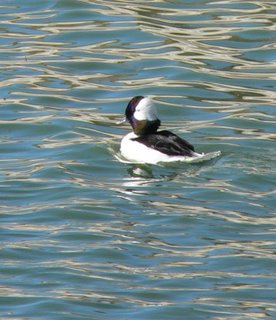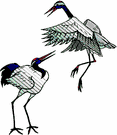 USFWS photo
USFWS photoLast week Audubon Colorado, a few Audubon Chapters and individuals filed formal "protests" on the scheduled oil & gas drilling lease sale for parcels that have Gunnison Sage-Grouse and Lesser Prairie-Chicken leks and habitat. So far these parcels have not been withdrawn from lease sale eligibility on November 9.
I am asking each of you to take 20 minutes to send a fax/letter/email to the person in charge of this gas & oil lease sale, Sally Wisely who is the state director of the Bureau of Land Management (tho some parcels are on Forest Service land, the BLM does the oil & gas leasing for all federal and some private lands). We need to let Ms. Wisely know that there are many Coloradoans who are concerned about our Gunnison Sage Grouse and Lesser Prairie-Chicken populations.
It is best to send a fax, but if not convenient then send either a letter or an email to the addresses below. Be sure to put your full name, street address and city on your comments and sign those comments you fax or send by letter. If you have ever viewed either Gunnison Sage-Grouse or Lesser Prairie-Chickens, or intent to do so, please note that. If you are a birder, please note that and add info about your traveling to see birds.
I think it is helpful to copy your comments to both Senators Allard and Salazar, but you have to fill in their online webforms as noted below. And please copy your text and send it to me as I will use the summary information (ie, you have received comments from X number of birders, and X number of persons who still want to view X) in the comments I send to her.
Points to make (please rephrase in your own words as they devalue form letters):
--You strongly oppose the lease sale of parcels with Gunnison Sage Grouse and Lesser Prairie-Chickenleks and habitat.
--Keeping these parcels, identified in the protest filed by Audubon Colorado, in the lease sale is jeopardizing the existence of populations of these species.
--That Gunnison Sage Grouse is listed as a Species of Special Concern by the State of Colorado.
--That Lesser Prairie-Chicken is listed as Threatened by the State of Colorado and has been granted Candidate status under the Endangered Species Act.
--Colorado Division of Wildlife is putting a lot of time and effort into protecting existing populations of both Gunnison Sage Grouse and Lesser Prairie-Chicken.
--Gunnison Sage Grouse is a very imperiled species with fewer than 3,500 birds teetering on the brink of extinction.
--Lesser Prairie-Chicken—parcels in this lease sale encompass 6 active leks that account for the majority of the known birds on the Comanche National Grasslands. Lesser Prairie-Chickens have been declining on these public lands since 1989 with only about 38 males counted in 2006.
--Relying on a 1991 Oil & Gas Leasing EIS for Lesser Prairie-Chickens and a 1993 Oil & Gas Leasing EIS for Gunnison Sage Grouse violates NEPA regulations. These old and outdated EIS’s do not include current information of species populations and risks, nor recent research on the impacts of oil & gas drilling on these species.
--The parcels that have leks or habitat for Gunnison Sage Grouse and Lesser Prairie-Chicken must be withdrawn from this and future lease sales
Thank you in advance for helping protect Gunnison Sage-Grouse and Lesser Prairie-Chicken in Colo.
SeEtta (send copies of comments to me at prairie.grouse@yahoo.com
----------------------------------
FAX: 303-239-3799
Attn: Sally Wisely, State Director
Letter:
Sally Wisely, State Director
Bureau of Land Management, Colorado State Office
2850 Youngfield Street
Lakewood, Colorado 80215
Email: sally_wisely@co.blm.gov
Senator Allard:
http://allard.senate.gov/public/index.cfm?FuseAction=Contact.Home
Senator Salazar:
http://salazar.senate.gov/contact/email.cfm




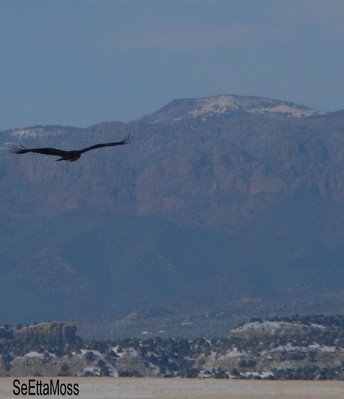




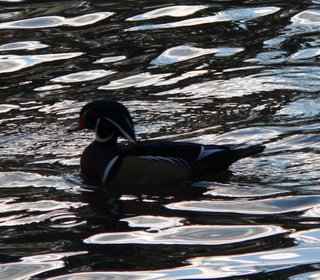

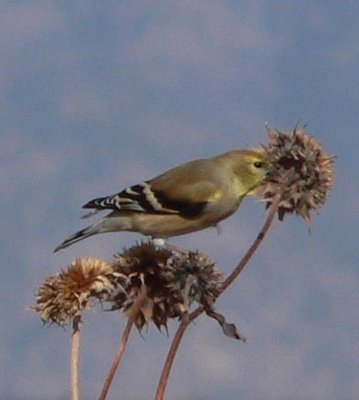






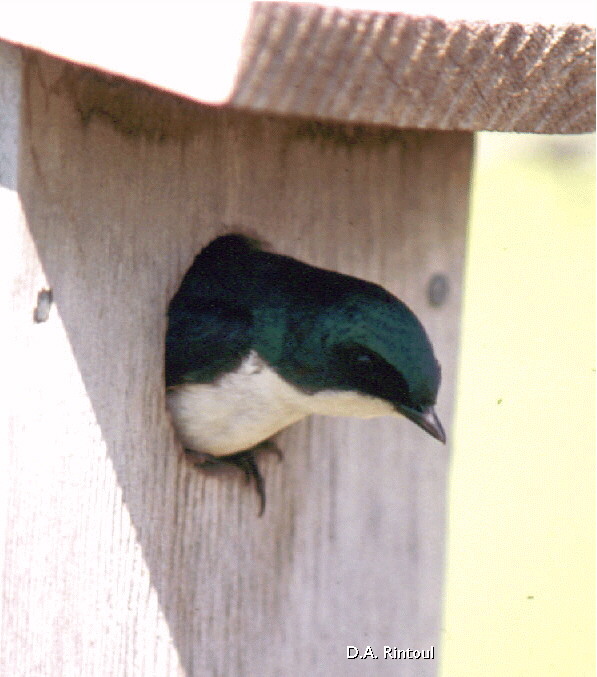




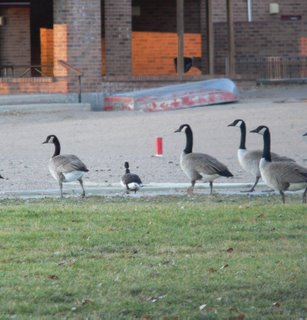

 USFWS photo
USFWS photo ColoradoDOWphoto
ColoradoDOWphoto
